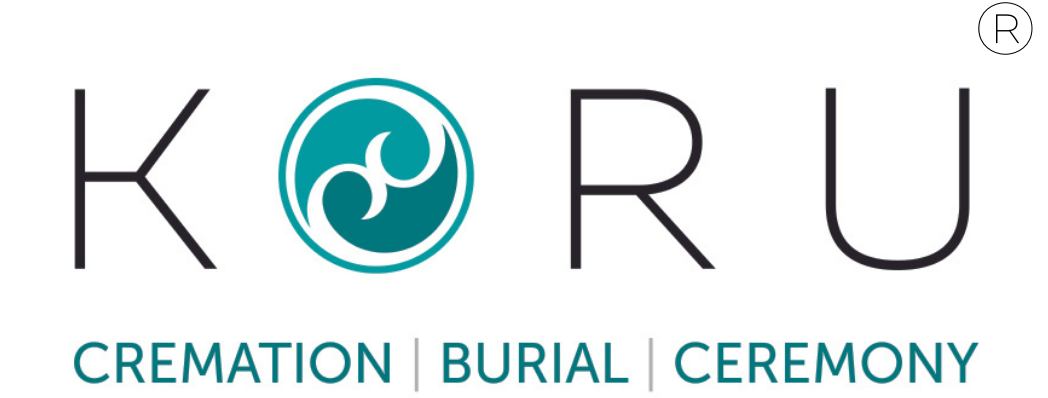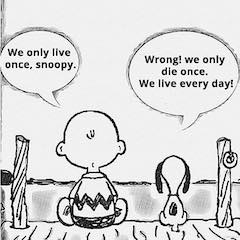Losing someone close to you can be an extremely traumatizing experience. The nature of this grief can vary depending on what kind of relationship you may have shared with the deceased. However, the emotional turmoil can still be experienced in varying intensities for varying time periods.
Depending on the family tradition, religion and personal preference, the last rites are performed by the living family members through either a burial or cremation. While burial was traditionally practiced much more commonly in the past, cremation is more frequently chosen than burials nowadays.
Cremation is preferred more than ever
There are various reasons why cremation is becoming common among families. We are a part of a global world and that brings influences from other cultures which transpose their funeral practices into their new home.
Reasons Behind this Shift
As Canadians, we move around as well and may find ourselves relocating in a different province with which we have no familial roots, therefore choosing cremation over the permanency of burial.
In urban areas, land is expensive and this translates into high costs when purchasing burial plots. Contrast with cremation, the fees at a crematorium are often much lower than those to purchase a burial plot at a cemetery.
We have become a more secular society which can influence our choice of interment at death. There can be great flexibility when it comes to planning a funeral service around cremation, allowing for personalization, time to plan and an opportunity to create a meaningful experience for everyone.
Our staff at KORU Cremation | Burial | Ceremony encourage family members to participate as fully as possible in the cremation planning process and are here to provide guidance throughout.
What happens in a cremation process
For anyone who is not familiar with the concept of cremation, the deceased is first laid out in a cremation casket (chosen by the family) before being placed in to the cremation chamber.
Families can choose to be present for the initial phase of the cremation, allowing them to “witness” the cremation. When this happens, a member of the family may choose to start the cremation by pressing a button, activating the cremation.
Some crematoriums have a viewing window where families can view the process if they are not comfortable being in the area with the cremation chambers directly. Once the cremation has been started, there is little else for the family to witness.
The entire process can take anywhere between one hour to five hours, depending on a host of factors such as body weight, type of casket and cremation equipment functions. Following the cremation, the cremated remains are removed from the chamber, and given time to cool. Once cooled, the remains are processed into a fine, even form into the “ash” that we identify with. After the process is completed, family members are presented with ashes in the urn of their choice.
Reasons why family members choose to witness a cremation
There are several reasons why people choose to witness a cremation. For some the reason may be based in religious or cultural rituals, while for others it is because of a personal need, perhaps in an effort to provide an ending to this particular phase of mourning. Whatever the reason, the choice to witness a cremation can be incredibly emotionally fulfilling.
While different families choose different last rites, KORU Cremation | Burial | Ceremony is here to help you fulfill those arrangements, whether that’s for a cremation, burial or only ceremony.
We understand that such times can be very hard and overwhelming for the family to handle the cremation planning on their own.
At KORU Cremation | Burial | Ceremony, you will experience a calm and respectable approach to looking after the cremation of your loved one.



